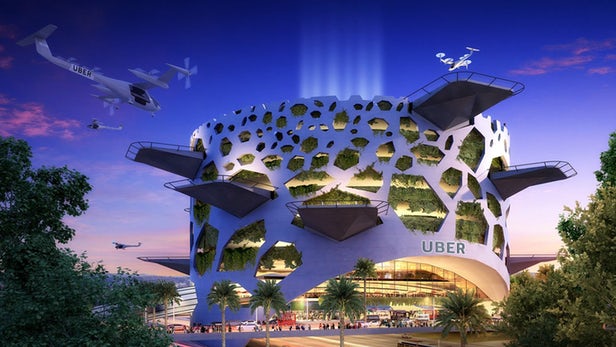
Breaking News
 $26M Frozen on Blockchain - With One Click
$26M Frozen on Blockchain - With One Click
 Italy are on national strike shutdown rejecting digital enslavement...
Italy are on national strike shutdown rejecting digital enslavement...
 The following U.S. states are currently using the rebranded "Reporty Homeland Security" so
The following U.S. states are currently using the rebranded "Reporty Homeland Security" so
 NATO Chief Urges Europe To Prepare For Long-Term World War With Russia, China, Iran & North Korea
NATO Chief Urges Europe To Prepare For Long-Term World War With Russia, China, Iran & North Korea
Top Tech News
 HUGE 32kWh LiFePO4 DIY Battery w/ 628Ah Cells! 90 Minute Build
HUGE 32kWh LiFePO4 DIY Battery w/ 628Ah Cells! 90 Minute Build
 What Has Bitcoin Become 17 Years After Satoshi Nakamoto Published The Whitepaper?
What Has Bitcoin Become 17 Years After Satoshi Nakamoto Published The Whitepaper?
 Japan just injected artificial blood into a human. No blood type needed. No refrigeration.
Japan just injected artificial blood into a human. No blood type needed. No refrigeration.
 The 6 Best LLM Tools To Run Models Locally
The 6 Best LLM Tools To Run Models Locally
 Testing My First Sodium-Ion Solar Battery
Testing My First Sodium-Ion Solar Battery
 A man once paralyzed from the waist down now stands on his own, not with machines or wires,...
A man once paralyzed from the waist down now stands on his own, not with machines or wires,...
 Review: Thumb-sized thermal camera turns your phone into a smart tool
Review: Thumb-sized thermal camera turns your phone into a smart tool
 Army To Bring Nuclear Microreactors To Its Bases By 2028
Army To Bring Nuclear Microreactors To Its Bases By 2028
 Nissan Says It's On Track For Solid-State Batteries That Double EV Range By 2028
Nissan Says It's On Track For Solid-State Batteries That Double EV Range By 2028
The six Skyport designs that could provide the launchpad for Uber's flying taxis

Like airports and train stations, these terminals would be used as a base for electric aircraft to stay charged up and for passengers to hop on and off. Here's a look at six finalist concepts dreamt up by architects collaborating with Uber on the idea.
Uber first floated the idea of taking its transportation services skyward in a 2016 white paper. The Uber Elevate service would use vertical takeoff and landing aircraft to ferry people around busy urban centers. With a range of up to 60 mi (96 km), the aircraft would move between Skyports stationed around cities, getting passengers where they need to go and swapping batteries or charging up at the same time.
At its Uber Elevate conference in LA this week, the company shared a few concepts of what the vehicles could look like, and it has now done the same for the Skyports themselves. These are the results of an invitation-based design competition held by Uber, and provide a thought-provoking, and let's face it, pretty audacious idea of what a future filled with flying taxis could look like.

 Carbon based computers that run on iron
Carbon based computers that run on iron

